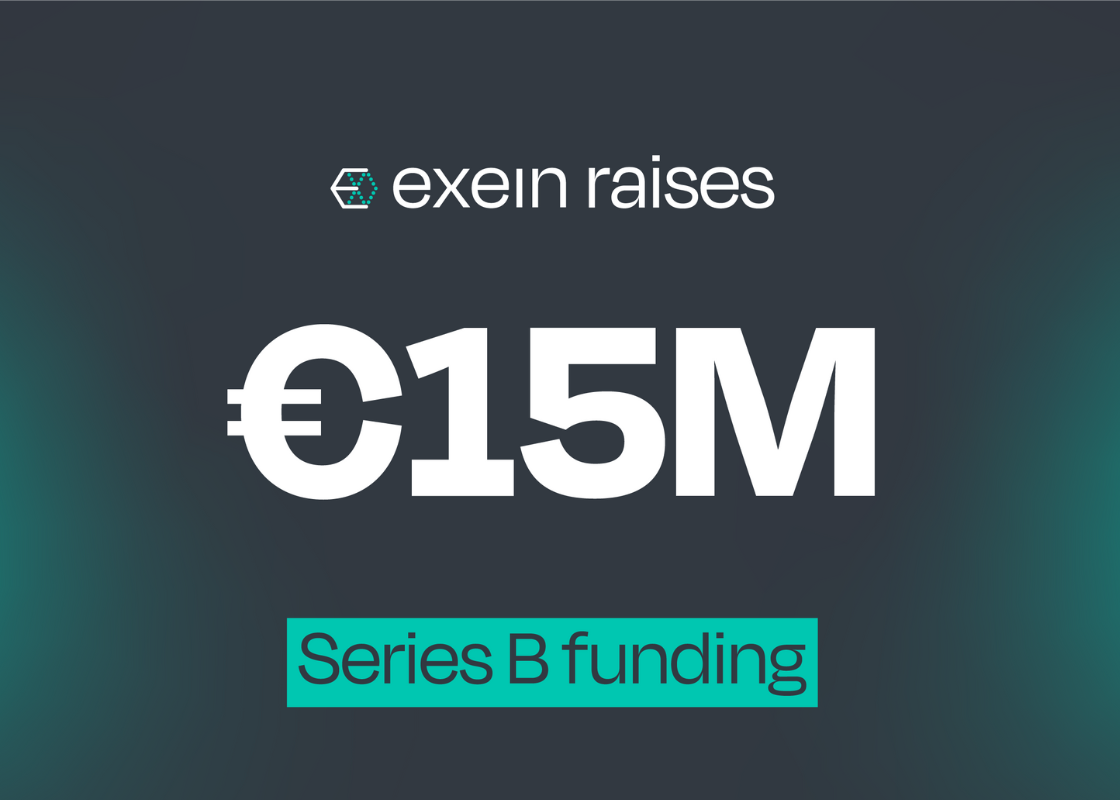The pursuit of equilibrium: how the VC industry is seeking balance
May 24th, 2023

by Massimiliano Magrini
The last 10 years have seen tremendous growth for the venture capital industry, which has expanded dramatically in scope and scale. Fund sizes increased, the investor pool broadened, and the largest players morphed into global alternative asset managers. Risk appetites expanded rapidly, probably beyond what fundamentals could justify.
Then came 2022, and investment in the asset class collapsed in the face of global recessionary risks, higher inflation and interest rates, and geopolitical unrest. With $531bn of dry powder in the asset class going into 2023, VCs have substantial resources, yet face uncertainty due to a lack of consensus around the right investment model to unlock long-term value and retool the industry. A new equilibrium is needed to better match resources with opportunities.
So how did we get here?
The problem and where we are at
One of the main issues is the wild fluctuation of valuations, which puts in question the very purpose of venture capital as an asset class. Excessive valuation volatility signals venture capital has become more like public markets, contrary to its original purpose and positioning. This is problematic in many different ways, as 1) VC is not meant to mimic public markets – too much volatility undermines this and obscures long-term fundamentals – and 2) distorted valuations lead to misallocation of capital, which in turn, reduces returns. In the last 12 months, we witnessed the devastating consequences of such behavior – especially when coupled with a lack of due diligence.
Another issue around venture capital growing too rapidly is the dilution of its original DNA and culture. Unprecedented growth has weakened VC’s distinctive attributes that once defined the industry. Venture capital originated to back innovative startups, take big risks and promote purpose-driven progress. Today, it’s grown into a $2 trillion industry, which inevitably requires structural changes and a drift from the asset class’s core principle. The red tape in most VCs today is akin to that of a large organization, not of an agile investor backing bold new ideas.
So where does this leave VC going forward?
The opportunity and forecast
A new equilibrium will emerge from the rubble, based on greater discernment and restraint. I believe it will strike the right balance across stages, markets and the natural industry cycles.
The new balance will be driven by:
1. Backing tech that solves real problems.
We can’t say this enough, but impactful returns come from real progress. VC helps fuel business concepts that solve real societal problems or needs that exist today or will occur in the next 10 years. We invest in the future, not short-term wins. I’m talking about technologies that enable the optimization of energy resources to make infrastructure safer and more efficient, tech that can solve the data storage problem, or the underlying technologies that will make a safe and responsible AI revolution possible. Consumer tech will tend to community building and empowerment, driving more conscious consumer behavior.
2. Valuations will be more transparent and measured
VC cash needs to be deployed in response to industry needs – as opposed to companies accepting cash because of the sheer supply available, which created the last tech bubble. The venture capital industry must deploy capital in response to a balanced and justified assessment of opportunities rather than manipulating valuations and allocations to simply put more money to work. Responding to real needs avoids creating asset bubbles, inefficient capital allocation and threats of waste/loss.
3. VC cash will find its way to smaller hubs
When risk aversion runs high in large established venture hubs, opportunities naturally emerge in smaller regional markets with fewer speculative excesses. There is of course always an arbitrage between the proximity play, intrinsic to early-stage investing, and the necessity of scaling companies globally. Going forward, I predict that good VCs will stand out by creating a network of trusted people across geographies, where local players can bring their unique insights and intelligence to a global market. This will fluidify the ecosystem and allow investors and founders to maximize the circularity of ideas and opportunities.
4. Defining a renewed VC culture.
The recent excesses have shown that to survive, Venture Capital must choose vision over vanity: only those strategically dedicated to the asset class will get through this necessary correction. Retreating from distorted dynamics to become more balanced, purpose-driven, and discerning in opportunities will weed out those attracted by peripherals rather than essence. The talent pool will continue to broaden suitably and diversify, leveraging different backgrounds and experiences to rebuild VC around conviction, courage, vision, and the relentless drive to fuel innovation for positive impact.
The only way forward for Venture Capital is for this asset class to realign with its original principles and purpose to revert to a new equilibrium across market cycles, stages, and geographies. Stabilized valuations, longer-term thinking, balanced metrics, strong governance, and a renewed venture capital culture will re-anchor venture capital as a sustainable and future-proof asset class. In this new reality, we forecast that more cash will pour into European startups than ever before.


